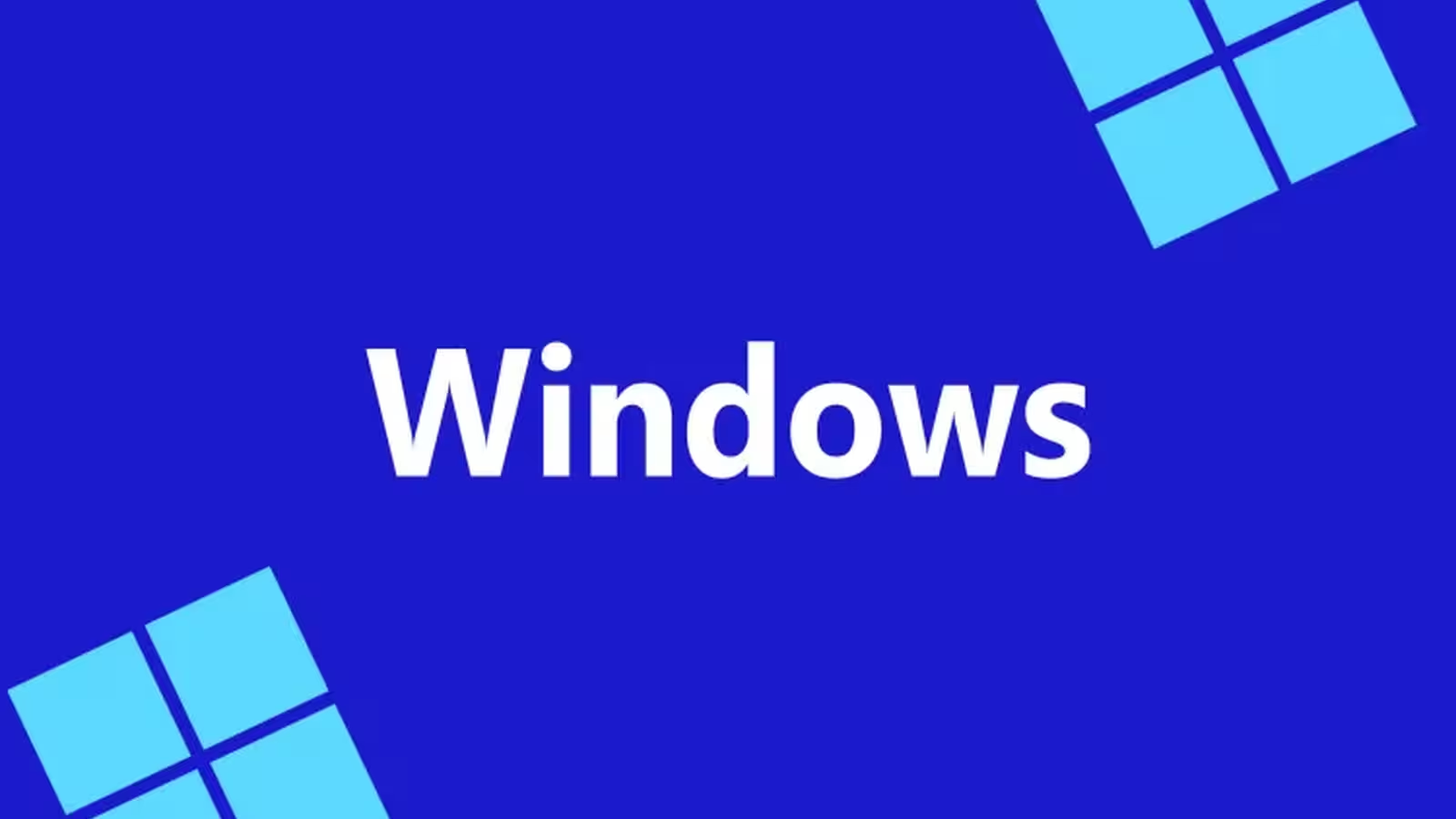4 Minutes
Understanding Windows 11 Upgrade Blocks
Upgrading from Windows 10 to Windows 11 should be a straightforward process for most users. However, many encounter a frustrating obstacle: a notification or banner titled "What needs your attention" that halts the upgrade process. Microsoft recently addressed this widespread issue in a new support article, providing greater clarity for users eager to make the transition to the latest operating system.
The Real Reasons Behind Windows 11 Compatibility Holds
Microsoft highlights that upgrades may be blocked due to compatibility concerns. These blocks are typically triggered by the system after Windows installs update KB5001716, which checks whether your hardware and system software meet the requirements for Windows 11. Instead of pushing unwanted feature updates, the most recent release of this update focuses more on providing clear explanations for upgrade issues.
Key Factors That Can Block Your Windows 11 Upgrade
According to Microsoft, the “What needs your attention” notice is a direct indicator that your device is incompatible with the new version of Windows. The root causes commonly fall into these categories:
- Driver Compatibility: Outdated or unsupported drivers for components like graphics cards, network adapters, or printers can create roadblocks.
- Hardware Limitations: Older CPUs, insufficient RAM, missing TPM 2.0, or unsupported BIOS settings may all contribute to a failed upgrade attempt.
- App Conflicts: Certain third-party applications might not work smoothly with Windows 11, necessitating updates or removal before proceeding.
- Windows Feature Issues: Existing system features or settings, such as BitLocker or specific accessibility tools, might not align with Windows 11 requirements.
Comparing Windows 10 and Windows 11: What's New and Why It Matters
Windows 11 brings numerous innovations, especially in user interface, security features, and productivity enhancements compared to Windows 10. However, to ensure a smooth rollout and minimize unexpected disruptions, Microsoft uses compatibility holds to safeguard users whose devices aren't yet ready for the upgrade. This proactive approach helps prevent frustrating post-upgrade problems and enhances user experience in the long run.
Advantages of Microsoft's Approach and User Guides
Microsoft’s transparency about its eligibility checks not only empowers users to troubleshoot upgrade issues themselves but also builds confidence in the company's overall update strategies. Those experiencing difficulties can consult Microsoft's official support resources, which now include detailed guides on identifying and resolving compatibility blocks for Windows 11 upgrades.
Practical Steps to Resolve Upgrade Issues
If your PC is one of the devices affected by compatibility holds, Microsoft provides actionable solutions, such as updating hardware drivers, uninstalling conflicting applications, and enabling required security features like TPM and Secure Boot. Comprehensive troubleshooting guides are available directly from the Microsoft website, guiding users step by step towards a successful upgrade.
Market Impact and Ongoing Updates
As Windows 11 adoption grows, these compatibility measures help ensure a stable and secure ecosystem. Microsoft continues to resolve lingering issues, particularly with recent updates, such as the long-awaited fixes for the 24H2 version scheduled for July. This commitment to support and transparency supports digital innovation while keeping user devices secure and efficient.
Source: neowin


Leave a Comment